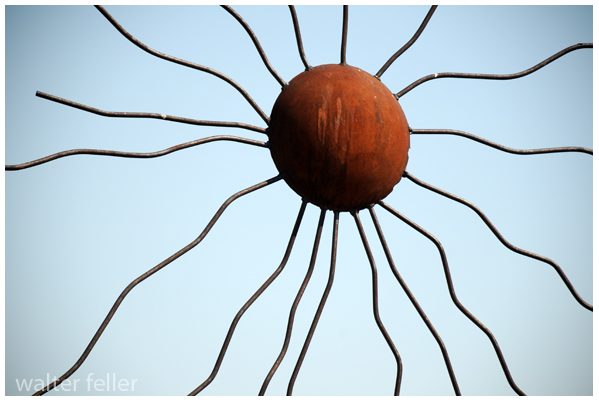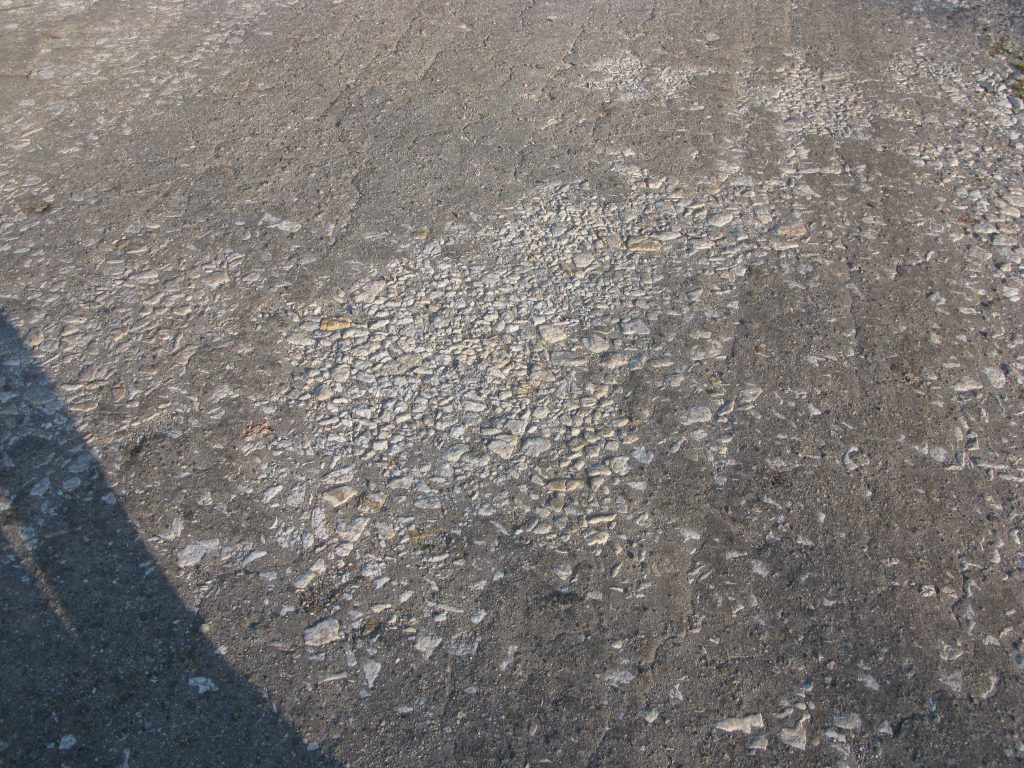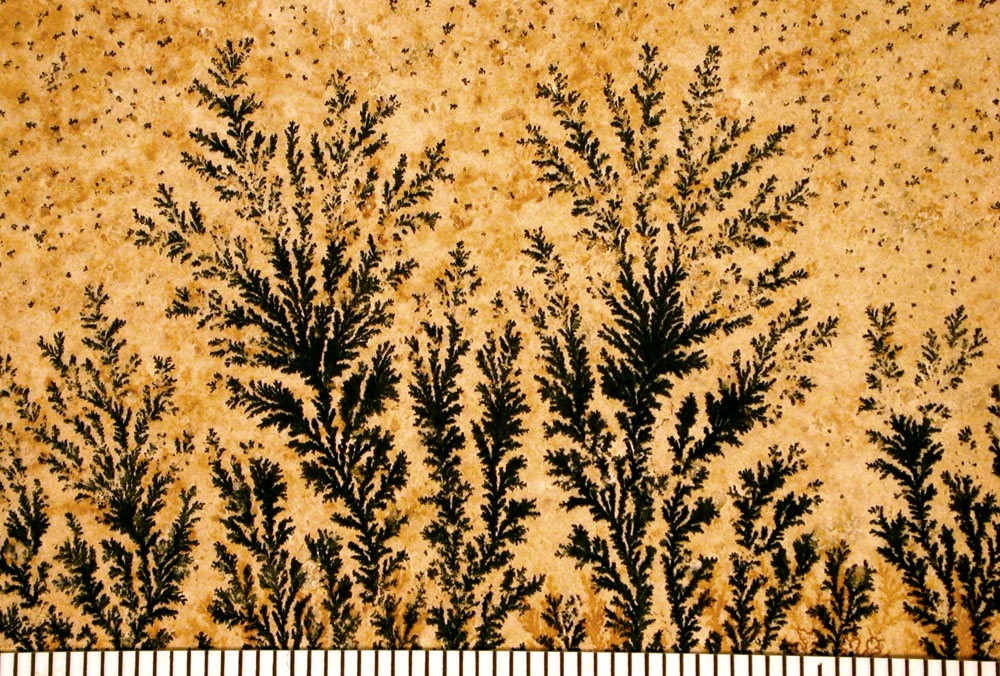A Trip Through Time and Land The Mojave Desert may be perceived as a dry and empty place, but it is filled with stories, old powers, and different cultures. Its land has been changed over many thousands of years by geological events, water changes, and the movement of people. To the close observer, Mojave reveals itself in a complex picture, mixed with the strength of life and human creativity.
The ancient Mojave River and Lake Systems. One of the most captivating aspects of the Mojave is the ancient river and lake systems, especially the Mojave River and Lake Manix. These hydrological features are remnants of wetter eras—like fingerprints left behind by the Earth’s shifting climate.
The Mojave River, which flows underground and surfaces sporadically, has a unique course that defies conventional ideas about desert hydrology.
Simultaneously, the Lake Manix was developed during the Pleistocene epoch and proved that this area used to be a busy oasis.
A multidisciplinary approach will be needed to understand these systems: geologists will excavate tectonic forces and erosion patterns that sculpted the land; hydrologists trace pathways of ancient water flows and interpret how precipitation and groundwater worked together to create those features; archaeologists and anthropologists piece together early inhabitants’ lives, whose survival depended upon the river’s seasonal rhythms. Paleontologists delve into the fossil record and find megafauna that once roamed this region.
Human History Along the Mojave River
For thousands of years, Native peoples like the Piute and Chemehuevi thrived here in the Mojave, using its sparse resources wisely and skillfully. Rabbit Springs in Lucerne Valley and Resting Springs show their deep relation with the land. These vital water sources provided not only sustenance but also became way stations on trade routes spanning the desert.
When European settlers arrived, the Mojave became a route to conquest and commerce. Marl Springs, once a decent watering hole on the Mojave Road, is symbolic of that transformation: soldiers, miners, and traders carved trails that often clashed with the trails of Native peoples, forever changing the fabric of culture.
GEOLOGICAL WONDERS: A LIVING CLASSROOM
Notably, the Mojave Desert is also interesting for the unbelievably interesting landforms, such as the colorful rocks of Rainbow Basin and the beautiful views from Afton Canyon, called the “Grand Canyon of the Mojave.” More than just nice views, these landforms speak of millions of years past. Afton Canyon, for instance, has a striking shape because of huge drainage after Lake Manix some 15,000 years ago.
Events like this show that the Earth can change suddenly and in big ways. A visit to the Devil’s Punchbowl or the Indian Cove area of Joshua Tree National Park reveals the intricate dance between tectonic forces and erosion. On these hikes, one can easily see the scars from the San Andreas Fault and see how, over eons, the artistry of wind and water sculpted the landscape. These are not static relics but parts of a very dynamic Earth changed continuously through natural forces.
The Human Touch: Towns and Cultural Places Within a vast Mojave, human settlements are interesting focal points. Littlerock, Pearblossom, and Barstow each have their own story. Littlerock, with its farming background, exemplifies how communities can adapt in dry places. Barstow acts as a transportation center that illustrates how the desert serves to connect California’s interior with broader markets and cultures.
Places such as the Apple Valley Inn and the Pioneer Saloon at Goodsprings, Nevada, bring to mind the rough appeal of the Mojave’s recent history. Locals and travelers could mix together at such places, mixing usefulness with a style hint. The metal building of the Pioneer Saloon, sent from Sears and Roebuck, is one of a kind but lasting sign of early 20th-century cleverness. The Art and Culture of the Desert Thus, there have been many artists inspired by the Mojave’s simplicity and empty space. For example, the Goldwell Open Air Museum near Rhyolite, Nevada, reflects this artistic feeling. Here, sculptures rise from the desert floor, making us reflect on what remains and what doesn’t. Those pieces show how human creativity works with the strong, harsh environment. There’s also neon art popular in the Mojave. In Victorville, the altered sign of Sunland Ford, now reading “FAIR,” is a witty tip of the hat to design aesthetics of the mid-20th century. Neon, more commonly associated with bustling cityscapes, takes on a different meaning in the desert, where its light appears like a beacon through the dark of night. Learning and Exploring With a background in anthropology and studio art, the Mojave is just an endless wellspring of inspiration. Its history, from ancient lake systems to the rise and fall of towns, aligns perfectly with interdisciplinary research. One can craft a narrative that incorporates elements of geology, archaeology, and cultural studies, one with which audiences of all ages resonate. While education is about sharing facts, it’s also about getting people interested. Working complex topics into fun stories helps younger audiences understand the amazing things about places like Marl Springs or Lane’s Mojave River Crossing. Visual materials like maps and pictures can make these stories more real and give a better experience. Preserving the Mojave’s Legacy Keeping the Mojave safe is an ongoing challenge because building and climate change put its fragile ecosystems in danger. Pearblossom has a very nice balance between holding on to its cultural heritage and taking care of nature, thus being a very good example of sustainable development. Likewise, changing Cedar Springs into Silverwood Lake shows the good and the bad sides of changing nature for the needs of people. Places like Bickel Camp show us how important it is to preserve things at the local level. Usually taken care of by devoted people, these places really help keep the Mojave’s history alive for future generations. They connect us to the lives and stories of those who came before us. Personal Links to the Mojave Visiting places such as the Devil’s Punchbowl or Bickel Camp leaves an impression that will last. The visits are not just about seeing something good to look at in nature but also, in a way, make one feel connected to a place’s history. Talking with caretakers, walking on old paths, and just stopping to listen to the quiet of a desert make memories that last forever.
Having taught all manner of students, there is a deep wellspring of fulfillment in taking those personal experiences and translating them into teaching materials. The Mojave becomes a classroom where students can explore, not just facts, but the very essence of curiosity and discovery.
Looking Forward: What’s Next for the Mojave The story of the Mojave is not yet complete. We are still learning much from the study of its ancient systems and recent changes, about how it adapts and remains resilient. Interdisciplinary projects, by combining anthropology, geology, hydrology, and art, give us new perspectives in understanding and sharing its past. The ancient Mojave River and associated lakes form a very critical component of this research. From the past of this river and associated lakes, we can learn about greater trends related to climate change and human creativity. This information is not only for learning; it helps us understand how to manage water, protect the environment, and keep cultures safe in dry areas around the world.
Conclusion: A Place Full of Opportunities The Mojave Desert is replete with strong beauty and rich history. It is old and changing, tough but supportive. To those who take time to look more closely, the Mojave is more than simply a desert; it’s a living record, a work of art, and a guide. The Mojave keeps on inspiring people in so many ways: through research by scholars on ancient lake systems, preservation of historic sites, and production of educational materials, its story goes on and on, just like the river that carved it, connecting past, present, and future nonstop.



